Toyota has revealed the handsome car that heralds a new dawn for endurance sports car racing – but don’t expect the sun to rise too quickly on what should eventually be a fantastic new era for the Le Mans 24 Hours and the World Endurance Championship.
This year, we’re facing what’s best described as a transition season for the long form of circuit racing, as the new Hypercar (LMH) premier division gets off to what might be a sluggish start. That’s because, just like in the previous high-tech, high-cost LMP1 prototype era, Toyota doesn’t yet have a lot of opposition as it bids for a fourth consecutive Le Mans win. That will change in 2022 and beyond but, in an echo of life in the real world, we’re going to have to be patient.
Slower, heavier and less powerful
On paper, reining in the specification and performance of the new top-line sports car breed doesn’t sound like progress, but the soaring costs and sophistication of the hybrid-era LMP1 cars made a significant reset essential. And as the Hypercar moniker suggests, it was time to take endurance racing back towards something that can at least be marketed as road-relevant – even if such a claim comes with a generous pinch of salt.
Toyota Gazoo Racing has chosen a far bigger displacement for the internal combustion engine in its GR010 Hybrid, upscaling from the 1.6-litre twin-turbo V6 in the TS050 LMP1 to a 3.5-litre twin-turbo V6. But heavy restrictions allow only a single 268bhp front-axle hybrid system and a maximum combined power output of just 670bhp, falling far short of the near-1000bhp the LMP1 car was capable of generating.
The hypercar is also heavier (1040kg over 878kg), longer, wider and higher. Combined with tight new aerodynamic restrictions, the LMH car could be 10 seconds slower than the LMP1 car around the 8.4-mile Circuit de la Sarthe.
But, frankly, who cares? Slower lap times don’t matter if a set of rules encourages more entries, greater competition and better races. And that’s what we should get with LMH – but perhaps not yet.
Who will Toyota be taking on?
Only two other LMH cars are due in the WEC and at Le Mans in 2021. Scuderia Cameron Glickenhaus, the niche performance car brand founded by eccentric American Jim Glickenhaus, is aiming high with its new 3.5-litre twin-turbo V8-powered SCG 007. The car has yet to break cover, but a collaboration with Joest Racing – which has won Le Mans 15 times with Porsche and Audi – has given the project greater authenticity.
It’s hoped that Glickenhaus that will be on the grid for the WEC season-opener, which will now take place at Portimão in Portugal on 4 April after the Covid-related cancellation of the Sebring 1000 Miles that had been due to run in March.
Then there’s the PMC Project LMH of ByKolles, which is powered by a normally aspirated V8. The German team was an LMP1 constructor and entrant, but its top-division cars never made it to the finish at Le Mans in six attempts – and its new hypercar hasn’t even been listed in the 2021 WEC season entry list that was published this month.
So… underwhelming? You could say that. As in the past three years, we might once again be asking of Toyota come June (or September, if Le Mans is delayed once again by Covid): who exactly did you beat?

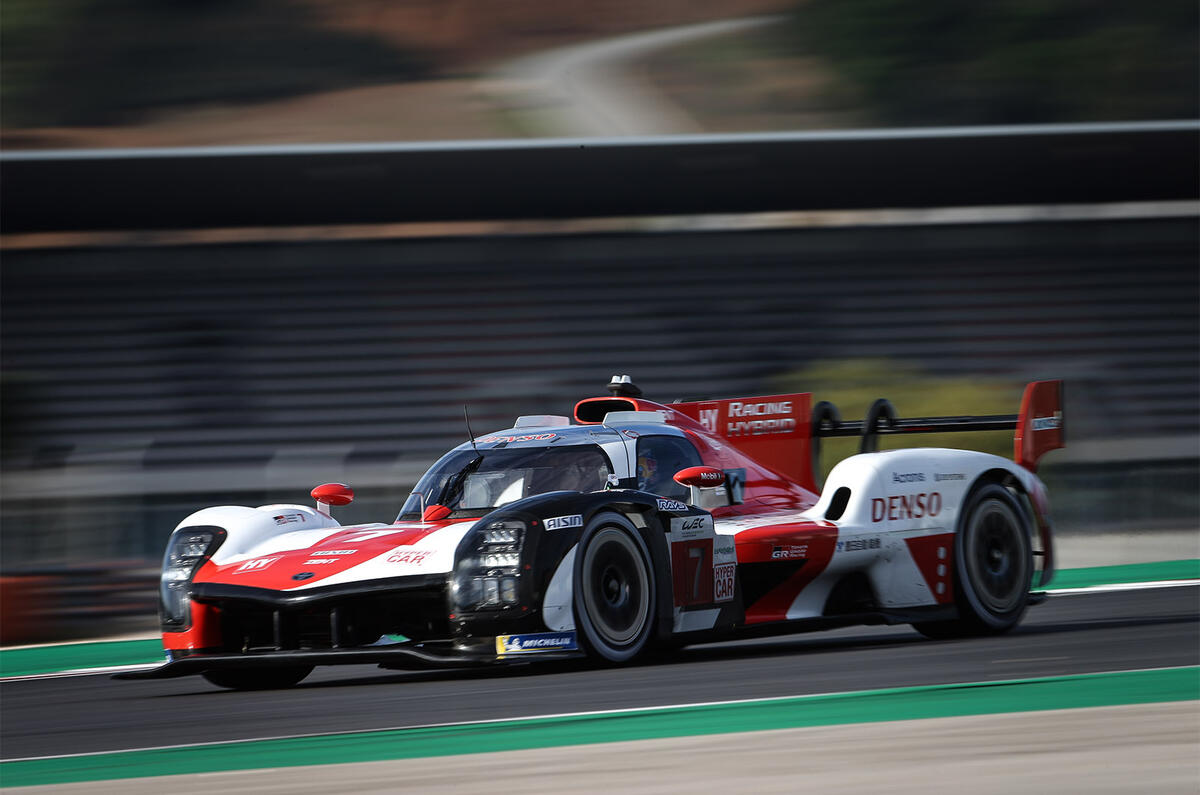
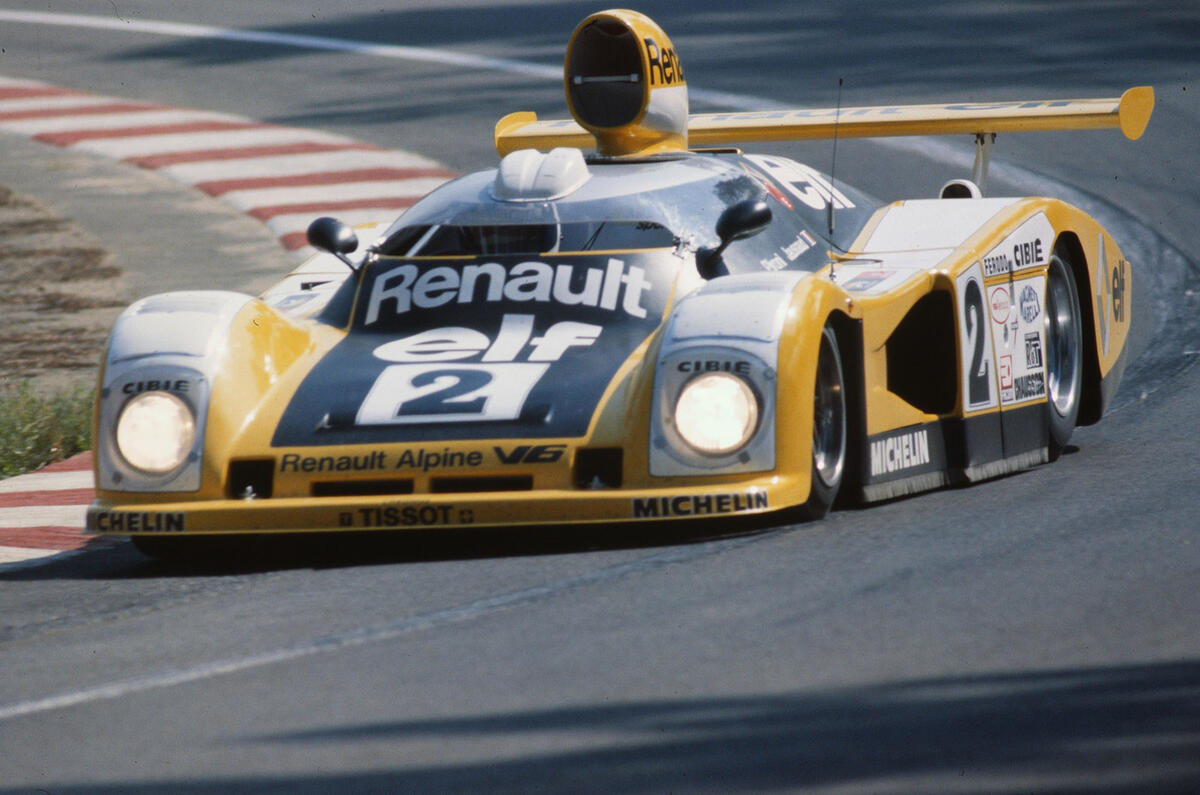
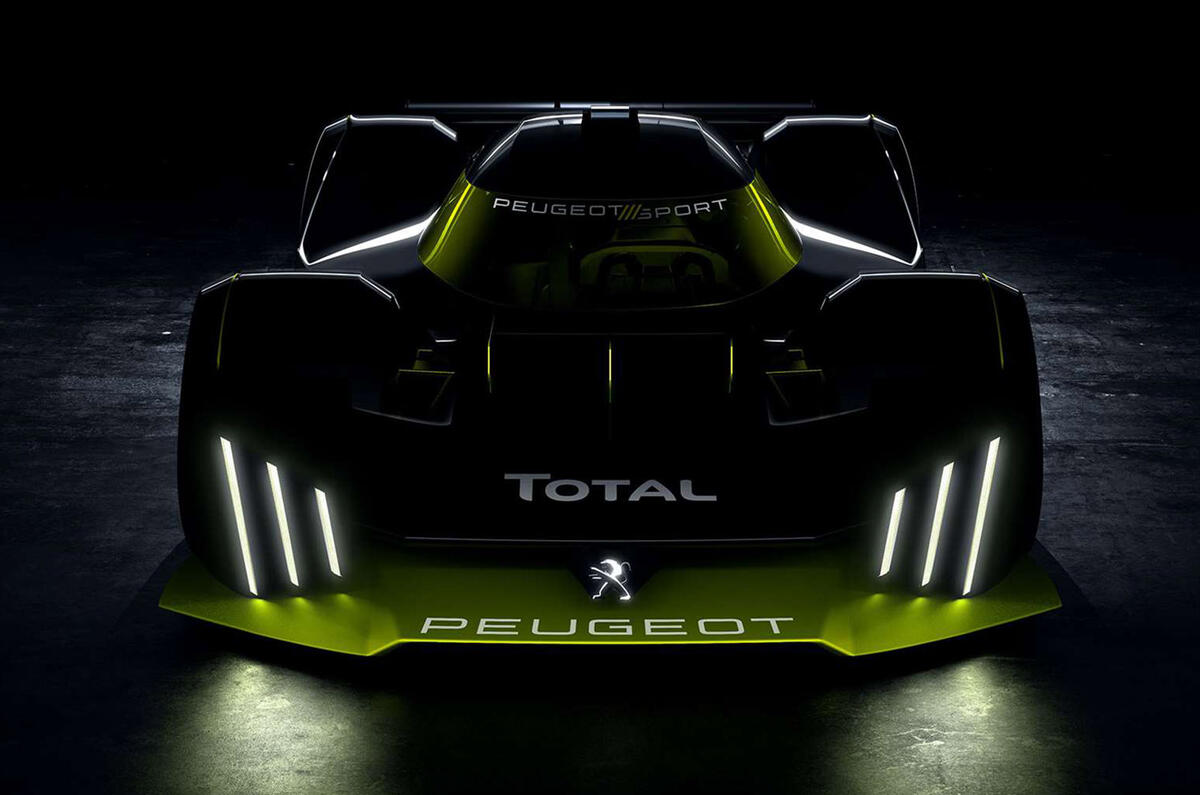
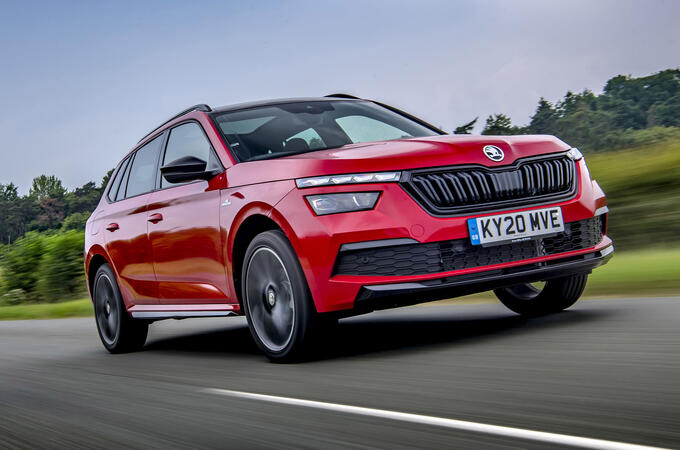




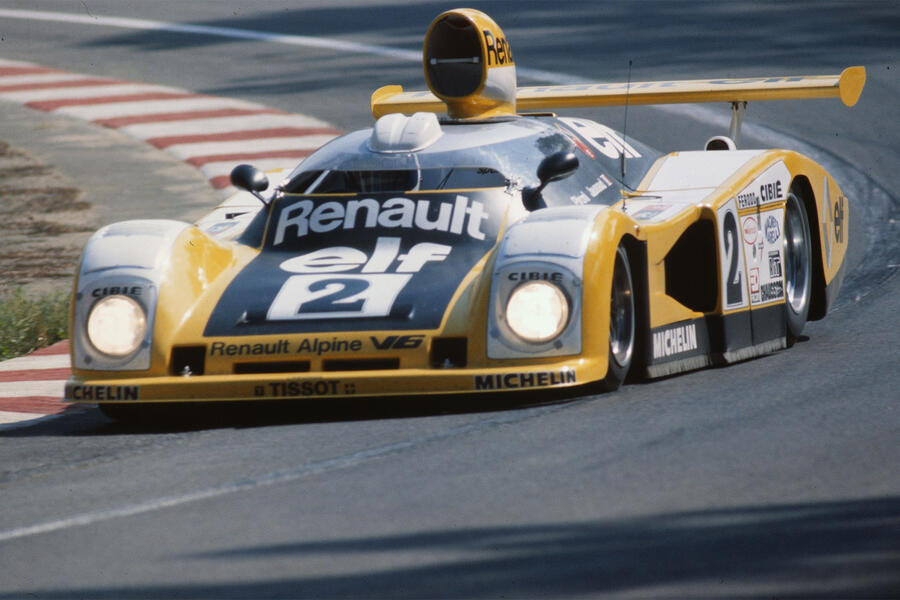

Add your comment